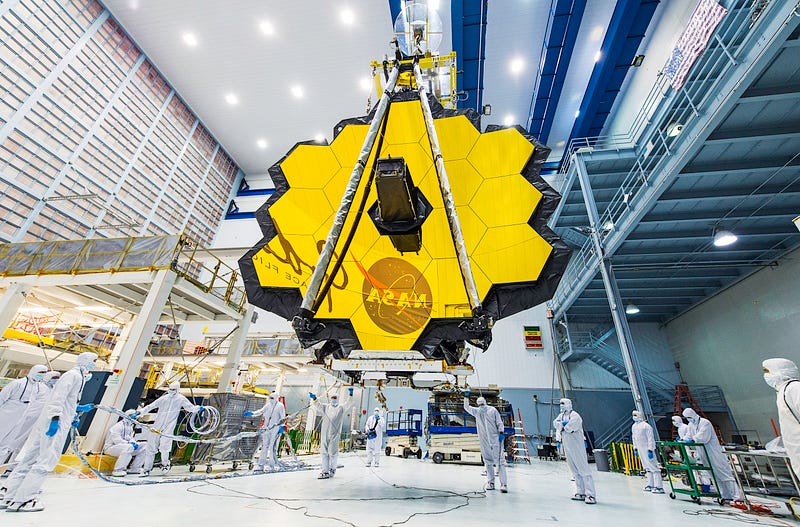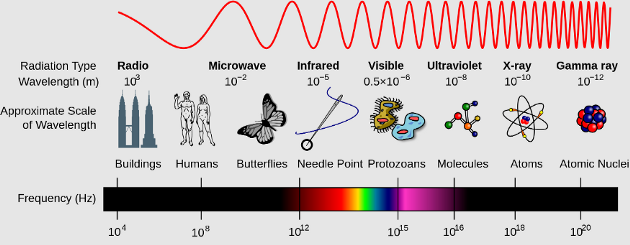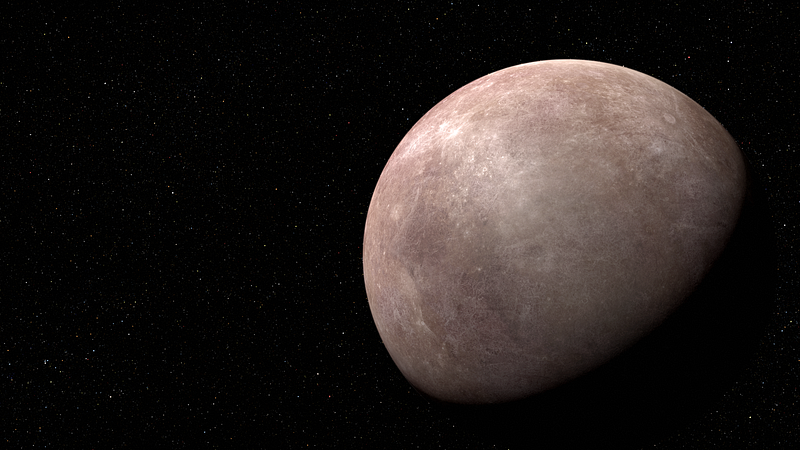First Earth-Sized Exoplanet Discovered by the James Webb Telescope
Written on
Chapter 1: Introduction to LHS 475 b
The James Webb Space Telescope (JWST) has reached a significant milestone by confirming the existence of its first exoplanet, designated LHS 475 b. This remarkable discovery was announced by a research team led by Kevin Stevenson and Jacob Lustig-Yaeger from the Johns Hopkins University Applied Physics Laboratory during a press conference at the American Astronomical Society (AAS) on January 11, 2023. LHS 475 b is located in the constellation Octans and is relatively close to us, at a distance of just 41 light-years.
“This planet is almost identical in size to Earth, measuring 99% of Earth’s diameter,” said the researchers.
Section 1.1: The Role of JWST
Launched in December 2021 and fully operational by the Summer of 2022, the JWST is a large, space-based telescope optimized for infrared observations. Unlike its predecessors, JWST specializes in detecting infrared light, which plays a crucial role in observing celestial bodies obscured by dust clouds.

Section 1.2: Understanding Infrared Light
Light, which is a form of electromagnetic radiation, can be modeled as synchronized oscillations of electric and magnetic fields. The JWST’s capability to focus on infrared wavelengths allows it to penetrate the dust clouds that often obscure our view of stars and planets.

Chapter 2: Confirming the Discovery
Through careful analysis of data from NASA’s Transiting Exoplanet Survey Satellite (TESS), the JWST team selected LHS 475 b for observation. Utilizing the Near-Infrared Spectrograph (NIRSpec), they confirmed the planet's existence with just two transit observations.
In a NASA press release, Lustig-Yaeger stated, “There is no doubt about the planet’s presence. Webb’s data confirms it.” Stevenson added, “It’s impressive that we’ve identified a small, rocky planet.”
Section 2.1: The Atmosphere of LHS 475 b
A key question arises regarding whether LHS 475 b can support life. Researchers analyze its atmosphere to gather insights. Currently, the JWST is the only telescope capable of characterizing the atmospheres of Earth-sized exoplanets. By studying the planet's transmission spectrum, scientists can infer its atmospheric composition.

A transmission spectrum is generated by measuring the light from a star as the exoplanet transits between the star and the telescope. This technique allows astronomers to determine which wavelengths of light are absorbed by the planet’s atmosphere, revealing its composition.
At present, the researchers cannot definitively conclude the planet’s atmospheric makeup but have ruled out certain options. “We can eliminate some terrestrial-type atmospheres,” Lustig-Yaeger noted. “It cannot have a thick methane atmosphere like that of Titan.”
Section 2.2: Future Observations
The JWST has indicated that LHS 475 b is significantly warmer than Earth. If clouds are detected in future observations, it may suggest a Venus-like environment with a carbon dioxide atmosphere.

The capabilities of the JWST herald exciting prospects for studying rocky, Earth-sized planets beyond our solar system. This discovery is merely the beginning of what this powerful observatory will unveil in the realm of exoplanets.
If you enjoyed this article, feel free to share your thoughts in the comments! We appreciate your engagement and will do our best to respond to your questions.